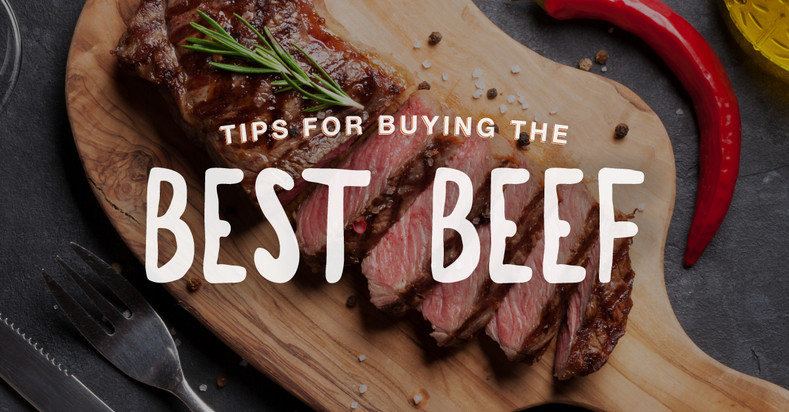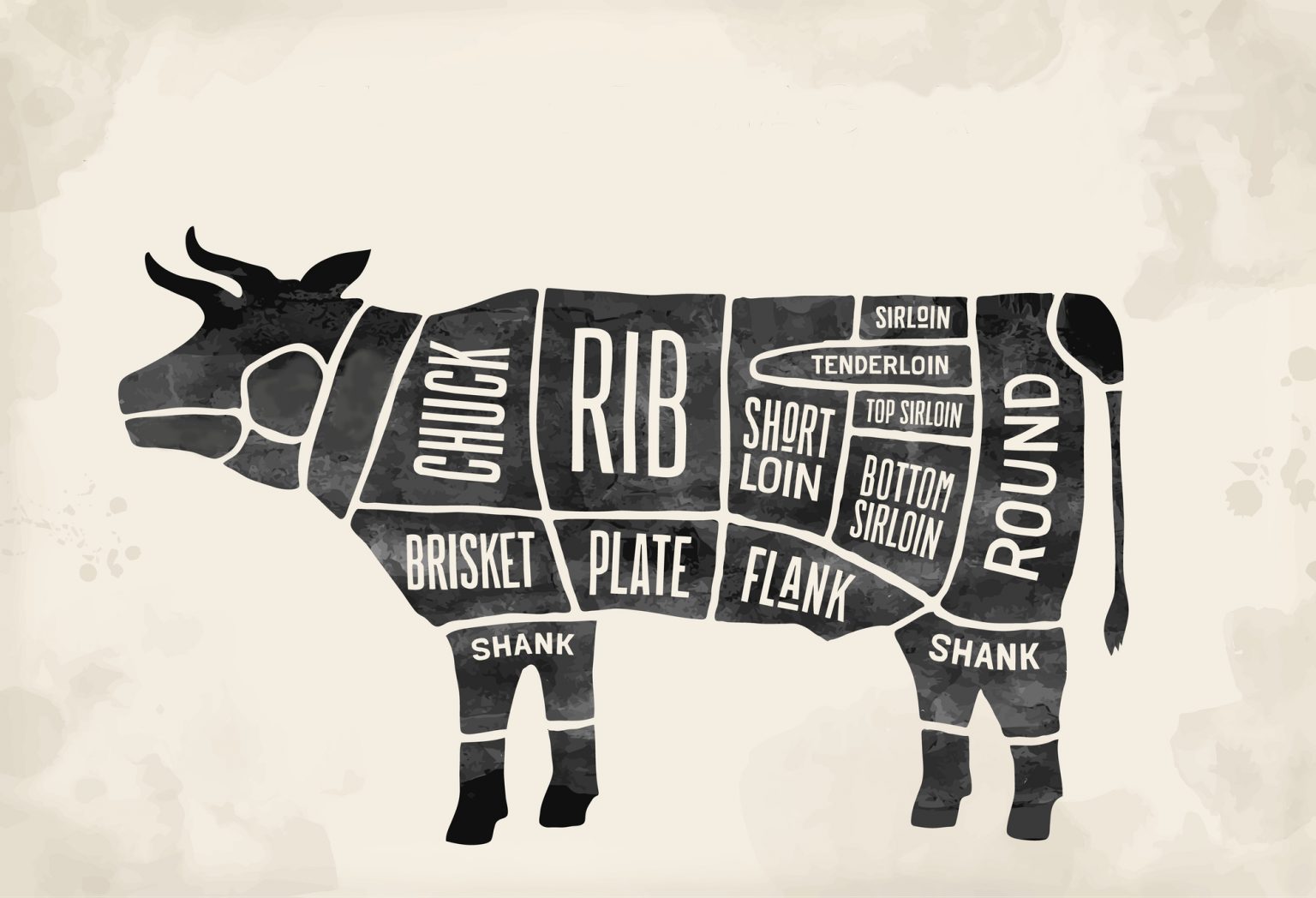Tips for Buying the Best Beef

Cooking any cut of beef sous vide style typically leads to amazing results. But, if you’re a beef lover, you may still want to seek out the best cuts of red meat you can buy. When cooking sous vide with your VacMaster sous vide circulator, using the best cuts of beef help to ensure that your beef remains juicy and tender throughout the cooking process.
Meat is simply the combination of protein and fat. The presence of fat and the way it's distributed throughout the meat determines the texture. The areas less effected by strain or exercise are made up of thin muscle fibers. This yields a leaner meat with less fat. Loin is an example of a lean meat cut. Muscles, subject to the action of the cows movement and weight support, tend to have thicker muscle fibers and yield a richer fat content.
It's both the fat and the connective tissue collagen that factor into the tenderness of meat. Fat forms in and around muscles. The distribution of white fat inside the meat fibers is a trait called marbling. It's the marbling that melts during the cooking process which results in a succulent, flavorful, and tender meat. Furthermore, collagen turns to gelatin when slow cooked making tough cuts like brisket or roast seem to fall apart. For more information on how beef is processed and conventional cooking tips applicable to each cut of meat check out this in-depth guide from GrillSimply.com The Eight Primal Cuts of Meat
But how do you know you are getting the best cuts of meat? Do you have to spend a lot of money to guarantee your beef is top of the line? Here are some tips on how to pick out the best beef from the supermarket or your local butcher shop.
 Grading. Grading of beef is determined by the
marbling, or the small white specks of fat within the muscles. The more
marbling, the higher the grade (and the higher the fat). Beef is sold to
consumers in three grades. Prime grade beef is the most sought after by top steak
houses and butcher shops. Choice grade is moderately marbled and most often
found in grocery stores. The remainder of the beef is graded as Select.
Grading. Grading of beef is determined by the
marbling, or the small white specks of fat within the muscles. The more
marbling, the higher the grade (and the higher the fat). Beef is sold to
consumers in three grades. Prime grade beef is the most sought after by top steak
houses and butcher shops. Choice grade is moderately marbled and most often
found in grocery stores. The remainder of the beef is graded as Select.
- Fat content. Lean beef has less than 10 grams of fat, 4.5 grams or less saturated fat, and 95 mg of cholesterol per 3-oz serving. Naturally lean cuts of beef come in 29 different cuts including tenderloin, flank steak, sirloin, ribeye and chuck roast, all containing different amounts of fat. Look for round or loin cuts for the leanest beef.
- Aged beef. Do you love a steak with an intense flavor? Dry aging beef in a temperature- and humidity-controlled room for 10 days to 6 weeks will give it a robust flavor and make it more tender.
When choosing beef, if you want less fat, buy Choice or Select cuts. Prime beef usually has more fat. You can also make the decision by selecting the beef with the least amount of visible marbling.
Beef is also an excellent source of protein. A 3.5-oz serving of beef provides 27-30 g of protein, which is more than half the recommended allowance based on a normal diet. Beef also contains iron, zinc and phosphorus.
Once you have determined the cut of meat that is right for you, get that sous vide circulator bath roiling and make a succulent tasty beef entree to amaze even the most demanding beef lovers seated at your table.

